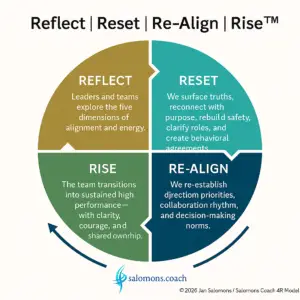Are You Really the Boss – or Do You Make Others Better?

What Leaders Can Learn from Sabina Nawaz’s You’re the Boss
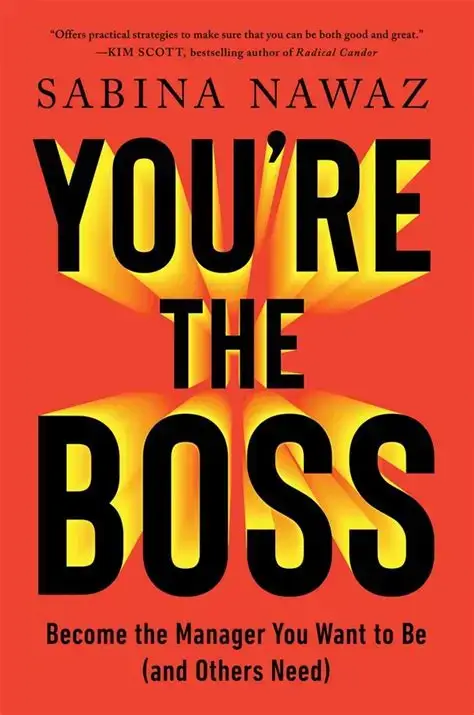
Being the boss… leadership isn’t about power; it’s about influence. Discover what Sabina Nawaz’s You’re the Boss teaches leaders about clarity, feedback, and trust.
In this article, I’ll share not only the lessons I took directly from the book, but also reflections from a leadership training I facilitated with an executive team—using some of these key insights in practice.
And finally, a brief reflection on what this means for leading in a VUCA world—another topic I often write about and design workshops and team events around.
Leadership
A word that evokes direction, decisiveness, and results.
Yet in my conversations with executive and management teams, I just as often hear doubt:
“Why doesn’t my team seem to move?”
“I keep explaining what I expect.”
“They want autonomy—but then things go wrong…”
These questions touch on an insight that Sabina Nawaz articulates sharply in You’re the Boss:
Leaders often overestimate their clarity and underestimate their influence.
The book isn’t a manual—it’s a mirror.
It invites leaders to rethink what it truly means to be “the boss”: not the one with the most authority, but the one most responsible for others’ growth.
From expert to leader

Most leaders are promoted because they excelled in their craft.
They delivered results, solved problems, knew the details.
But once they start leading, the focus shifts:
- Success is no longer about your performance, but about enabling others’ performance.
- Control gives way to trust.
- The question becomes: How good do others become because of you?
Sabina Nawaz calls this the transition from doing to enabling.
And that’s where many struggle. Leaders who built their identity on expertise often feel exposed in the world of human behavior and collaboration.
Letting go of your “expert status” isn’t easy. Building leadership expertise requires continuous learning and the ability to think and act situationally.
Ask an expert what they think of leadership—and you’ll often glimpse the self-image of a beginning manager.
The Myth of Clarity

Leaders communicate constantly, but being truly clear is hard.
They believe their message is understood, while employees hear assumptions and corporate language. Nawaz advises:
“Say it three times more often than you think necessary.”
Real clarity arises only when three elements come together:
- Direction: Where are we going?
- Reason: Why does it matter?
- Role: What do I expect from you—and what not?
In leadership teams, I often see vague phrases like “we need to collaborate better” leading to as many interpretations as there are people in the room.
Everyone nods—but each means something different.
Clarity is leadership in action:
Stating where we’re headed, explaining why, and holding each other accountable for roles and responsibilities.
It still surprises me how often those roles remain unclear—built on unspoken assumptions that no one ever checks.
Feedback: Discomfort as Growth Space
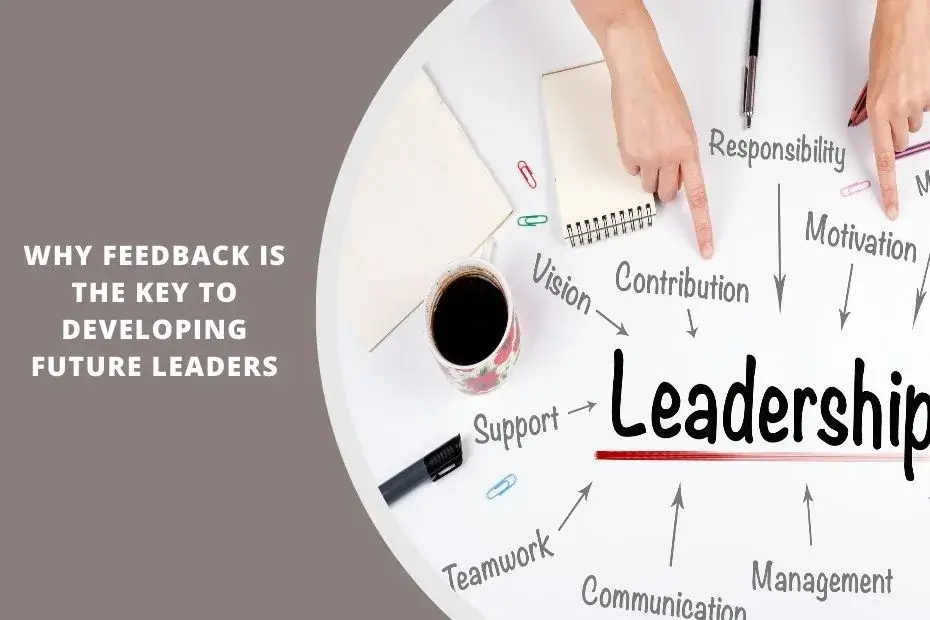
Many leaders avoid feedback because they want to maintain harmony.
But that avoidance breeds tension and uncertainty.
Nawaz distinguishes three types of feedback:
- Appreciation – letting someone know they’re seen.
- Coaching – helping someone improve.
- Evaluation – providing clarity on expectations.
Strong leaders turn feedback into a continuous dialogue—not once a year, but every week in small doses.
In my work I call this feedback fitness: how often does a team practice openness?
Without feedback, everyone remains blind to their own blind spots.
Even simple questions like “What exactly do you mean by that?” are rarely asked.
We assume we understand… speaking of blind spots.
Authenticity: Humanity as Strength
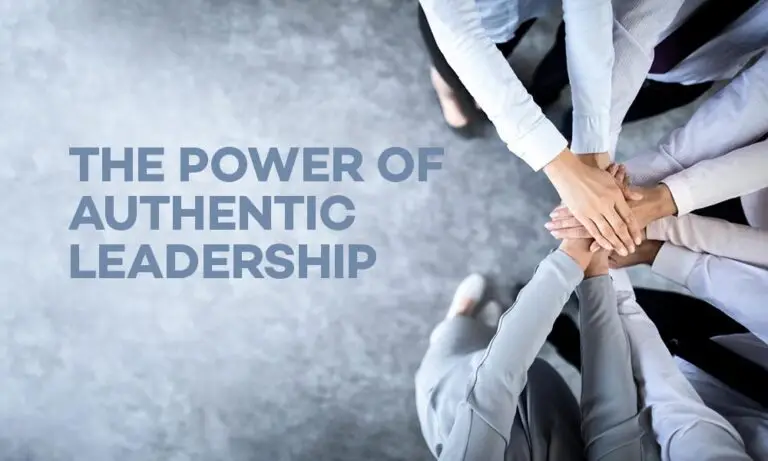
Leaders are always on stage.
Even silence or a glance is interpreted—at the office or while traveling, even over dinner.
Authentic leadership isn’t saying everything you think; it’s acting consistently with your values.
It’s admitting mistakes. Showing emotion without losing composure.
It’s words and actions aligned—naturally, always.
Authenticity is not weakness—it’s the foundation of trust.
It also means having the critical conversations that feel uncomfortable but are vital for collaboration based on shared values.
Authenticity requires psychological safety: a culture where people dare to express what’s needed—or simply name what is.
Psychological Safety: The Oxygen of Collaboration

Teams perform best when they feel safe to speak, doubt, and discuss mistakes.
Without that safety, fear and passivity take over. Nawaz puts it perfectly:
“Psychological safety is the oxygen of leadership.”
Leaders create that oxygen by:
- Listening with curiosity, not judgment.
- Welcoming different perspectives.
- Valuing constructive dissent.
In executive teams, I often see that the real conversations are the ones not being held.
Not necessarily out of fear of “the boss,” but fear of confrontation or losing face.
Real leaders create space for those dialogues—because that’s where growth and clarity emerge.

Patrick Lencioni, in The Five Dysfunctions of a Team, called this the foundation of high-performing teams: trust.
Only with trust can teams engage in constructive conflict—openly disagreeing on ideas, decisions, or plans without personal attacks.
A discussion, or better yet a dialogue, focused on ideas and results—not on ego or avoiding discomfort.
If you want team members to really commit to a solution or decision, you have to ensure constructive conflicts are ‘normal’. And only then can and will they held each other accountable.
Self-Care Is Leadership Care
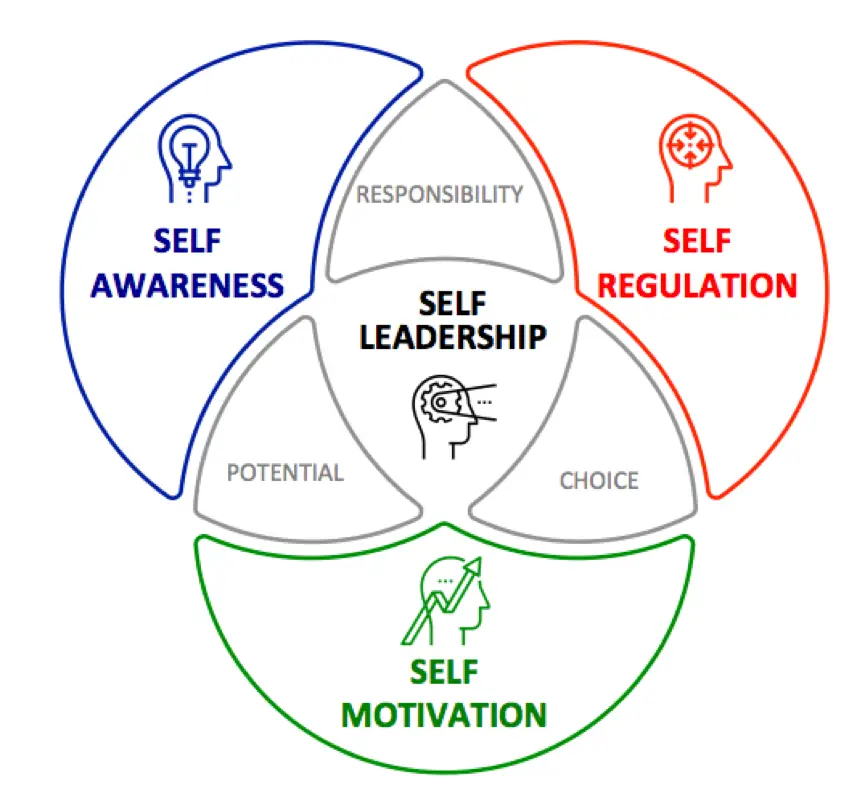
“You can’t pour from an empty cup.”
Leaders who are always “on” lose perspective.
Leadership requires reflection, rest, and recovery.
Self-care isn’t selfish—it’s professional.
An exhausted leader can’t radiate energy or confidence.
If you can’t care for yourself, you can’t care for others.
Self-care is a leadership priority, because maintaining balance, acting from your values, and inspiring others to do the same—this is the foundation of almost everything.
Balance doesn’t mean doing nothing. Standing still isn’t balance—it’s fear disguised as calm.
Case Study: From Silos to Collective Leadership
A few months ago, I worked with the executive team of an international manufacturing site—eight members, three countries. Smart, driven, experienced… and completely fragmented.
Their question:
“How can we collaborate as one leadership team?”
The Start – Surface Harmony
At first, politeness ruled. Everyone nodded, no one went deep.
When I asked, “What does collaboration mean for you?” I got eight different answers.
The myth of clarity—at its best.
The Intervention – ‘The Effect of My Leadership’
Inspired by Nawaz, I asked each leader to reflect:
- When does my team thrive, and what am I doing then?
- When does my team get stuck, and how do I contribute to that?
We posted their anonymous answers on the wall.
Slowly, patterns emerged:
- We avoid difficult conversations.
- We think we’re listening but just wait to speak.
- We hold on to control.
- We talk about change but rarely change ourselves.
The recognition was both confronting and liberating.
The Breakthrough – Feedback as a Team Competence
In pairs, they practiced giving real feedback.
One director said:
“I value your expertise deeply, but you often interrupt others. It makes them disengage.”
The other replied:
“Thank you. That’s the first time someone’s told me that so honestly.”
The energy in the room shifted.
They formulated one shared agreement:
“We hold each other accountable out of care, not frustration.”
The Lesson
Leadership starts with self-awareness.
As long as your own behavior stays undiscussed, nothing changes.
As long as feedback feels like criticism, trust remains fragile.
As long as collaboration is confused with harmony, it stays superficial.
This team discovered that their real power wasn’t in steering—but in creating space.
Their authority grew when they learned to listen.
The ripple effect on their teams—and on their own cooperation—was remarkable.
Relevance in a VUCA World
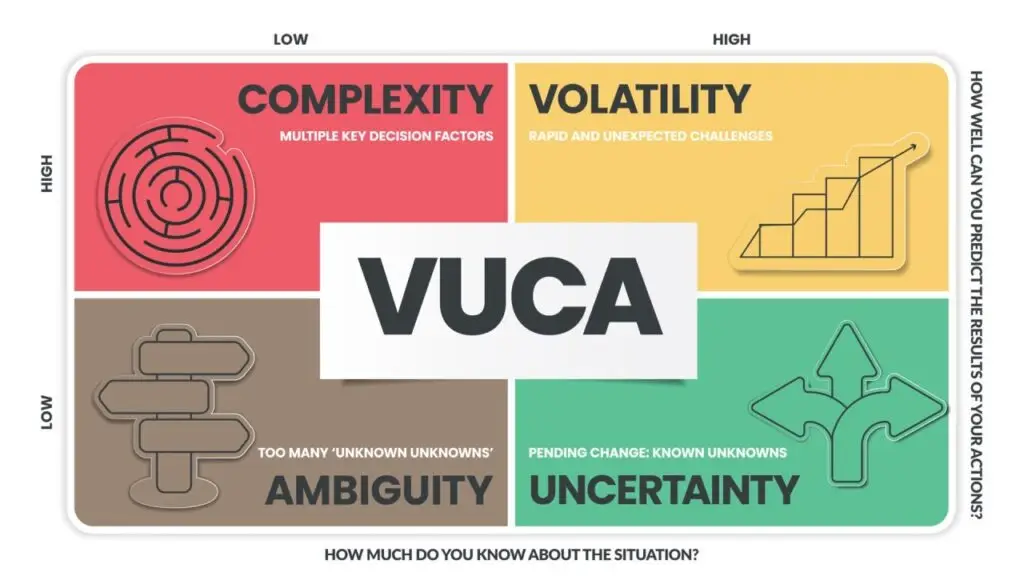
In a world of Volatility, Uncertainty, Complexity, and Ambiguity, this form of leadership is essential.
- Volatility demands calm and stability.
- Uncertainty demands transparency.
- Complexity demands collective intelligence.
- Ambiguity demands reflection.
You’re the Boss aligns perfectly with my own conviction: The future belongs to leaders who control less and connect more.
Five Lessons for Today’s Leaders
- Be the mirror, not the spotlight. Help others reflect instead of showing what you know.
- Repeat and verify understanding. Communication isn’t complete until the other truly gets it.
- Normalize feedback. Treat it as care, not criticism.
- Show humanity. Vulnerability increases credibility.
- Take care of yourself. Your energy defines your team’s energy.
Being the Boss of Yourself
The title You’re the Boss sounds assertive, but it’s about something subtle:
Being the boss of yourself—your emotions, assumptions, and behavior.
Leadership isn’t a status; it’s a choice. Every single day.
“I used to think leadership was about giving direction,” one participant told me afterwards.
“But it’s really about giving space—to others and to myself.”
That’s the essence of true leadership.
Reflection Question for You
When you walk into your team tomorrow, what message are you unconsciously sending? And does that message help your people become better?
About Jan Salomons

Jan Salomons is an executive coach and leadership expert with over 35 years of international experience in operations, strategy, and leadership development.
He is a member of the Harvard Business Review Advisory Council and helps leaders and teams build trust, collaboration, and agility in a VUCA world.
Want to reflect on your leadership impact?
Visit salomons.coach for coaching, leadership training, or team development. Contact me here.

